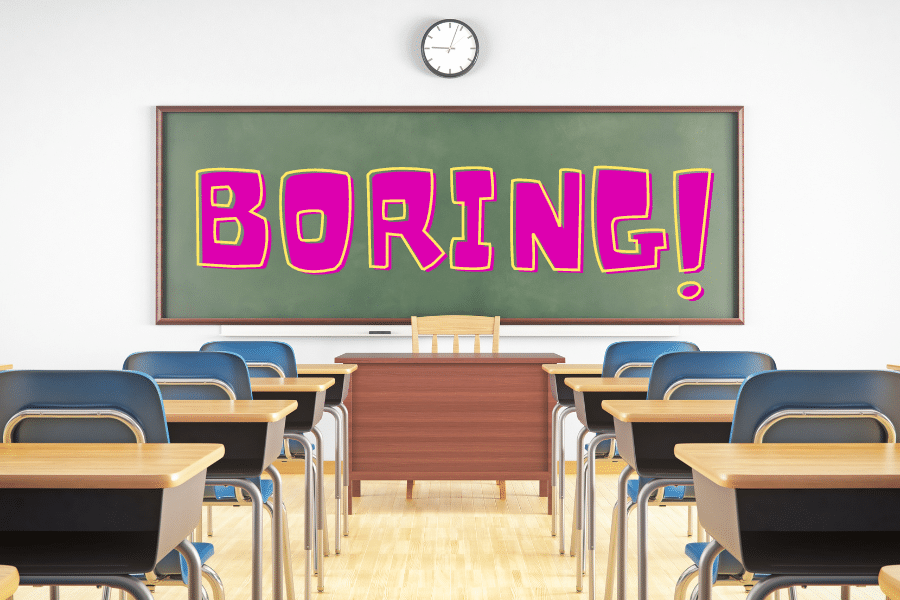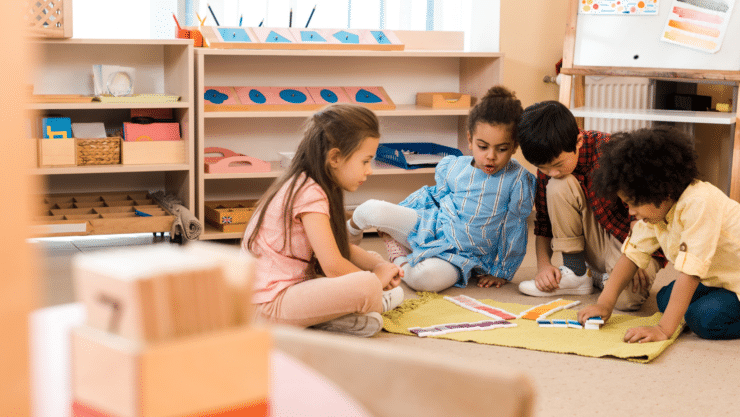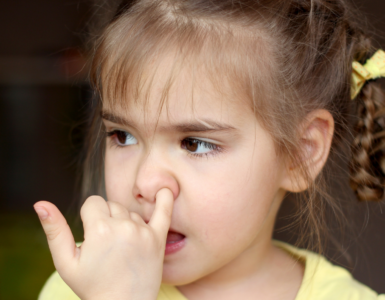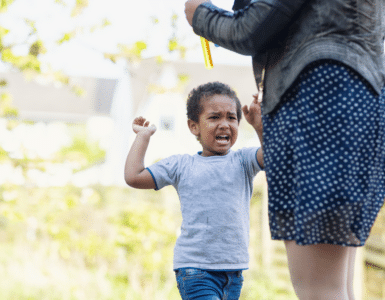Parents and teachers around the world are becoming aware of how limiting a typical classroom environment is. Most of us grew up feeling bored, lacking motivation, and even losing self-confidence because we didn’t fit perfectly into the mold of a traditional classroom.
When it comes to alternative, play-based education, the Montessori method is the most popular approach with over 7 million hashtags on Instagram alone! This method is growing in popularity with teachers and parents alike sharing the benefits of Montessori on all social media platforms.
What is the Montessori Model?
You most likely have heard of Montessori already, but what is it exactly?
Well, the Montessori method was developed by a physician named Maria Montessori. After observing mental asylums in Rome, she realized the importance of stimulation in one’s environment, especially for younger children.
In 1907, Maria opened her first classroom in Rome. She closely observed how the children interacted with their environment and the material available. Through her observations, Maria developed her own learning method which is child-focused and encourages child independence.
According to the Association Montessori Internationale (AMI) and the American Montessori Society, these are the essential elements of Montessori education:
- Mixed-age classrooms: classrooms for children ages 2+1⁄2 or 3 to 6 years old are by far the most common, but 0–3, 6–9, 9–12, 12–15, and 15–18-year-old classrooms exist as well
- Student choice of activity from within a prescribed range of options
- Uninterrupted blocks of work time, ideally three hours long
- A constructivist or “discovery” model, in which students learn concepts from working with materials rather than by direct instruction
- Specialized educational materials are often made out of natural, aesthetic materials such as wood, rather than plastic
- A thoughtfully prepared environment where materials are organized by subject area, is accessible to children, and is appropriately sized
- Freedom, within limits
- A trained teacher experienced in observing a child’s characteristics, tendencies, innate talents, and abilities
What Makes Montessori Different?
Unlike a traditional classroom, teachers guide and observe rather than tell the children what to think and do.

Teachers prepare the Montessori environment according to the child’s needs and interests but they also follow a structured lesson plan. In the Montessori approach, it is very important for children to be in charge of their learning.
There are no tests or worksheets and there is no homework. I’m sure most students would prefer that!
The Montessori Learning Environment
Montessori classrooms tend to be minimal, with a lot of neutral and natural colors in the space. Everything is at the child’s eye level, including any art on the walls which is also minimal. The class is organized into centers or areas that are designated for each learning skill such as math, language, science, and art.
Montessori classes have mixed age groups so that students can learn from each other. Natural light and natural materials are a big part of the classroom to help ground children, connect them to nature, and create a calming, home-like atmosphere.
Students can learn at their own pace and choose what to learn, but they follow a structured curriculum that was developed by Maria Montessori.
Is Montessori the Best Alternative?
This structured approach is the only negative that I personally see with Montessori. As a Reggio Emilia teacher, I don’t believe in structure and believe children should choose what they want to learn.
When compared to traditional teaching methods, Montessori is certainly much better because it is more child-focused, and play-based, and gives children more freedom and autonomy over their learning. I just don’t agree with structured learning and would prefer that there not be a lesson plan that students follow. Children don’t need it and would do better without it.
Many parents have the opposite criticism to mine and think Montessori is not structured enough. Because most of us were educated in a very rigid way, we see that educational method as the norm or how things should be. It can be jarring for parents to see a class where students are able to have more freedom and are encouraged to think and do for themselves.
Rather than use worksheets, students learn with materials such as beads, wooden shapes, puzzles, letters, flashcards, paper, natural materials, and toys. Students follow a structured learning plan but they learn at their own pace and can choose what activities to work on during the day.
The centers and activities change depending on the student’s interest and personal development. So, there is still structure in a Montessori classroom, it just looks very different because it gives students more freedom and independence than a traditional classroom.
Children learn very differently and have different interests, so allowing them to choose what to work on gives them more confidence and critical thinking skills, and also allows them to learn new things faster and easier since the material is being presented in a way that they are actually engaged with.
Montessori: A Complete Parenting Philosophy?
Many assume that the Montessori approach is just for preschool children but this is not true. It was initially geared towards preschool children but has now expanded to start from infancy and goes all the way to a student’s teen years.
In addition to being an approach used in schools, Montessori also expands their ideology into the home as well. That’s why there are so many parents on social media sharing their Montessori parenting tips and tricks. Many parents have found the approach beneficial when raising children.
Montessori parenting is similar to teaching in that children are observed in order to better understand their needs and interests.
Parents are not servants and they’re not dictators, instead, they’re guides who help children navigate the world around them. Kids are encouraged to use their cognitive skills and be independent. Rather than give the child an answer to a question, parents teach their children how to find the answer themselves.
Montessori Doesn’t Have to Be Expensive
AVOID THE INSTAGRAM TRAP!
Even though social media is filled with aesthetic “Montessori activities” that look very fancy and even expensive, Montessori is more about involving children in daily life rather than needing to set up Instagram-worthy activities every day.
Taking a child to a bakery to see how bread is made is more impactful and meaningful to a child than spending lots of money on Montessori-approved toys and materials. Allowing your child to help you clean and feed the dog creates a strong bonding moment as well as a valuable teaching moment and will not cost you any extra money.
A frequent criticism of Montessori is that it’s too expensive. It’s true that most Montessori schools are private and not cheap. The reason for this is that Montessori schools have a much smaller class size than traditional schools, the teachers must be specially trained and accredited with a Montessori diploma, and the learning materials and classroom decorations are more expensive and nicer looking than traditional classroom furniture and décor.
The good news is that there are Montessori public schools that offer free Montessori education. There are about 520 free schools in the U.S. with that number continuing to grow.
Depending on where you live in the world, you might be able to send your child to a free school. If not, you can provide your child with a homeschooled Montessori education. There are lots of free and low-cost resources online to help you.
There are also free to low-cost Montessori playgroups all over the world. If there isn’t a Montessori playgroup in your area, you can start your own.
So what do you think about the Montessori method? Do you think it’s too strict, not strict enough, or just right? Would you like your child to try learning in a Montessori environment? Why or why not?
Let us know in the comments below!








